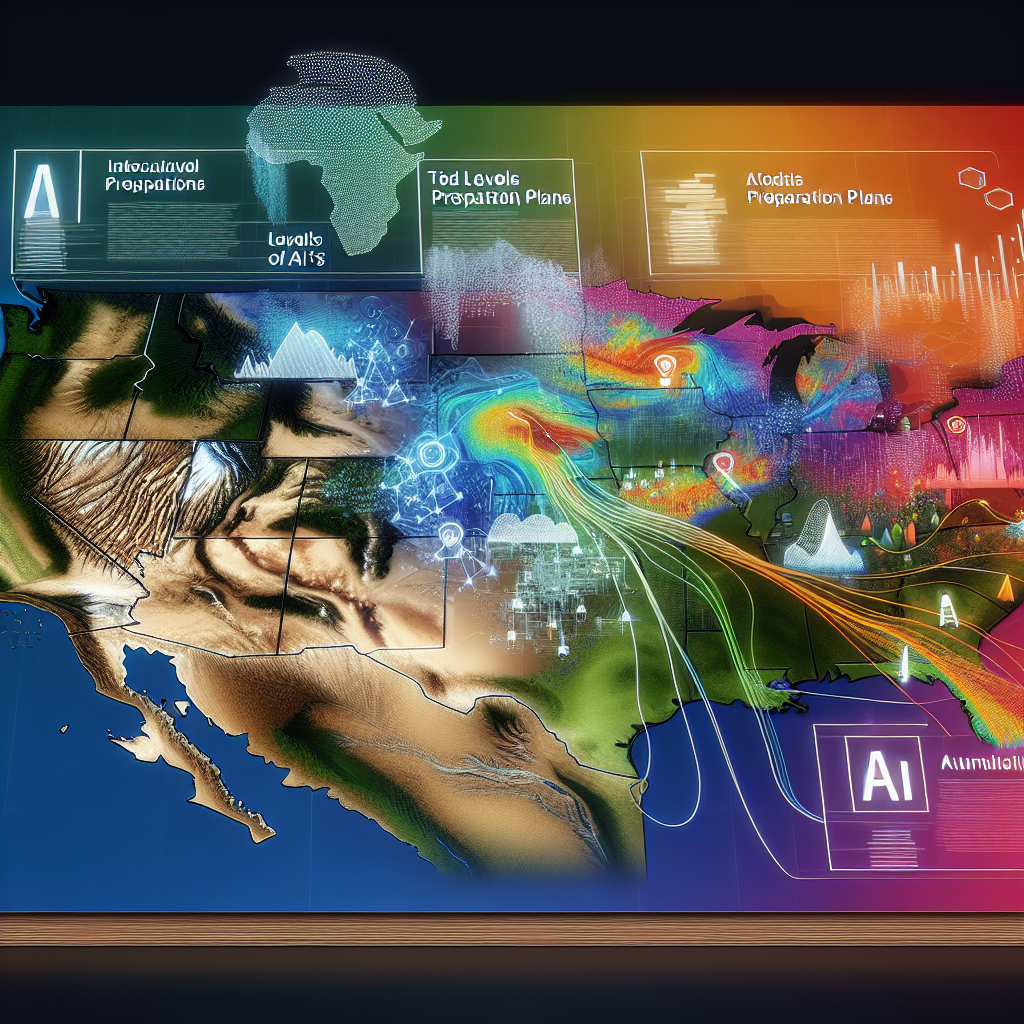Artificial Intelligence (AI) has become an increasingly important tool in disaster preparedness and response planning. With its ability to analyze vast amounts of data quickly and accurately, AI can help emergency responders make faster and more informed decisions during a crisis. From predicting the impact of natural disasters to coordinating emergency response efforts, AI is revolutionizing the way we prepare for and respond to disasters.
Predicting Natural Disasters
One of the key ways in which AI is being used in disaster preparedness is through predictive modeling. By analyzing historical data and real-time information, AI algorithms can predict the likelihood and impact of natural disasters such as hurricanes, earthquakes, and wildfires. This allows emergency responders to better prepare and allocate resources before a disaster strikes.
For example, researchers at Stanford University have developed an AI system that can predict the likelihood of wildfires in California by analyzing factors such as weather patterns, vegetation density, and past fire incidents. By using this AI technology, emergency responders can better target their prevention efforts and evacuate residents in high-risk areas before a wildfire occurs.
Coordinating Emergency Response Efforts
During a disaster, coordination and communication are key to an effective response. AI can help streamline these efforts by providing real-time data on the situation on the ground, such as the location of affected areas, the number of people in need of assistance, and the availability of resources. This information can help emergency responders make informed decisions about where to deploy resources and how to best assist those in need.
For example, during the 2018 hurricane season, the American Red Cross used AI to analyze social media posts and satellite imagery to track the impact of hurricanes on affected communities. This real-time data allowed the organization to quickly identify areas in need of assistance and coordinate relief efforts more effectively.
Improving Disaster Recovery
In addition to predicting disasters and coordinating emergency response efforts, AI can also play a role in the long-term recovery and rebuilding process. By analyzing data on infrastructure damage, economic impact, and social factors, AI algorithms can help government agencies and non-profit organizations prioritize recovery efforts and allocate resources efficiently.
For example, after a hurricane or earthquake, AI can analyze satellite imagery to assess the extent of damage to roads, buildings, and other infrastructure. This information can help officials prioritize repairs and reconstruction efforts in the most affected areas, leading to a faster and more effective recovery process.
Frequently Asked Questions (FAQs)
1. How does AI help in disaster preparedness?
AI helps in disaster preparedness by analyzing data to predict the likelihood and impact of natural disasters, coordinating emergency response efforts, and improving disaster recovery and rebuilding processes.
2. What are some examples of AI technologies used in disaster preparedness?
Examples of AI technologies used in disaster preparedness include predictive modeling algorithms that can predict the likelihood of wildfires or hurricanes, real-time data analysis tools that help coordinate emergency response efforts, and satellite imagery analysis for assessing infrastructure damage after a disaster.
3. How can AI improve communication during a disaster?
AI can improve communication during a disaster by providing real-time data on the situation on the ground, such as the location of affected areas and the number of people in need of assistance. This information helps emergency responders make informed decisions about where to deploy resources and how to best assist those in need.
In conclusion, AI is playing an increasingly important role in disaster preparedness and response planning. By analyzing vast amounts of data quickly and accurately, AI can help predict natural disasters, coordinate emergency response efforts, and improve disaster recovery processes. As technology continues to advance, we can expect AI to play an even greater role in ensuring the safety and well-being of communities facing natural disasters.

